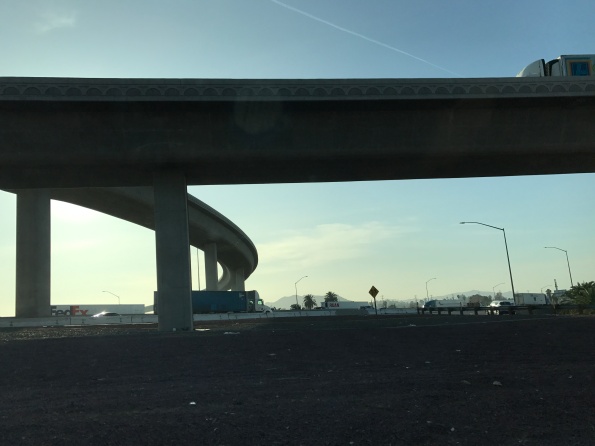The use of administrative data to improve state decision-making, with connections to GIS
An article on the use of administrative data to improve state decision making has, I believe, key implications for those of us involved with creating, coordinating, and using geospatial data. “As state leaders seek to harness data in innovative ways, what common themes, noteworthy successes, and notable challenges have the 50 states in the USA experienced across a broad cross section of issue areas? To address these questions, The Pew Charitable Trusts interviewed state leaders across the U.S. in 2016 and reviewed relevant laws, documents, and policies in all 50 states. This report is the culmination of that research, and the first comprehensive overview of how data is being utilized in all 50 states.”
Using data from over 350 interviews with key state officials, the report highlights ways in which some government leaders have employed sophisticated data analytics, to craft policy responses to complex problems, improve service delivery, manage resources, and examine program effectiveness. The five key actions identified that state leaders could take are: Plan ahead, including the use of data!, build the capacity of stakeholders to use data, create meaningful information from data, and sustain support for data efforts. The complete 61 page report is linked to the above summary.
The report’s thoughtful recommendations go far beyond the “hey, let’s employ data driven decisions” that we hear so much about these days. For large organizations such as state or regional government agencies to effectively use data, data literacy needs to be built in that organization, so that people can make sense of that data, and those efforts need to be supported and funded. I would even go beyond this and say that the efforts of the education outreach team on which I serve at Esri and all those involved with GIS education play a key role, because the development of geographic literacy takes time and must include all levels of education–primary, secondary, university, and lifelong learning, and include formal and informal settings.
I will also state that while geospatial data is not mentioned in the summary, and only a few times by name in the report itself, GIS is the force behind and needs to be recognized as the force behind each one of these data initiatives. Examples of the importance of GIS are all over this report, from the vehicle crash incidents map in Indiana, to natural hazards assessment in Oregon, to opioid overdoses in Massachusetts. But I would also say that it is up to us in the GIS community to make sure we draw out the importance of GIS in reports and recommendations such as this in the presentations we give, meetings we attend, and items that we author. As GIS becomes more of an enterprise solution, embedded in the day-to-day work that organizations do, I am concerned that GIS could get “buried” or taken for granted. I believe that it must be continually cited so that it is supported and funded into the future.

Transportation is one obvious ongoing need that large government agencies will need to address into the future with data and GIS technology, but there are many others, identified by the Pew Trust’s report that I describe here. Photograph by Joseph Kerski, sitting at a dead stop along Highway 60 in California.
-
September 7, 2018 at 1:25 amThe use of administrative data to improve state decision-making, with connections to GIS – GeoNe.ws






Recent Comments